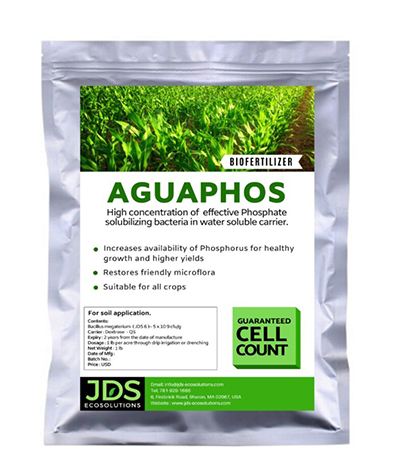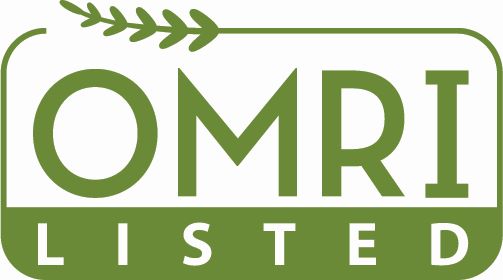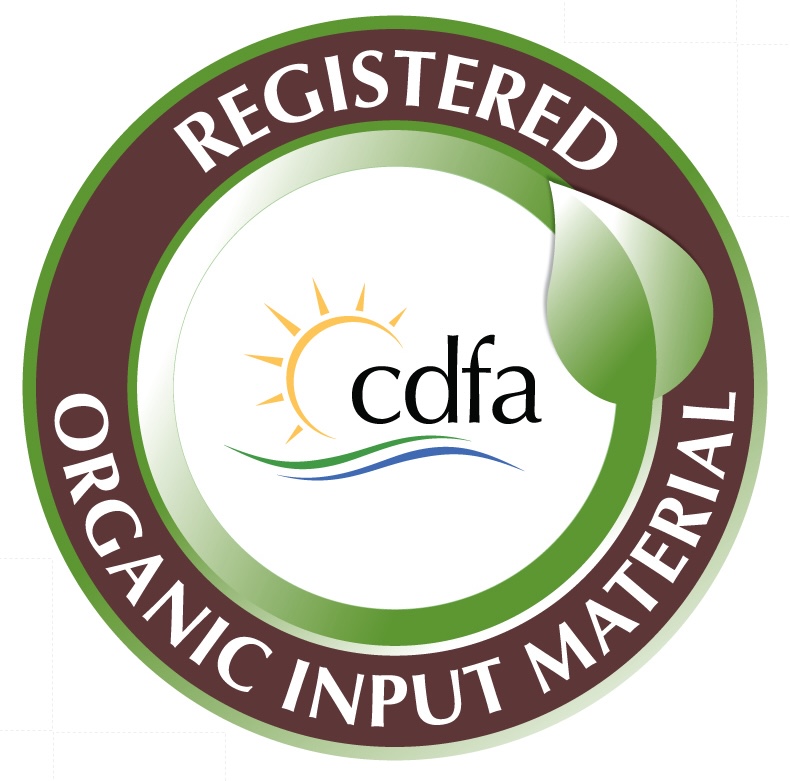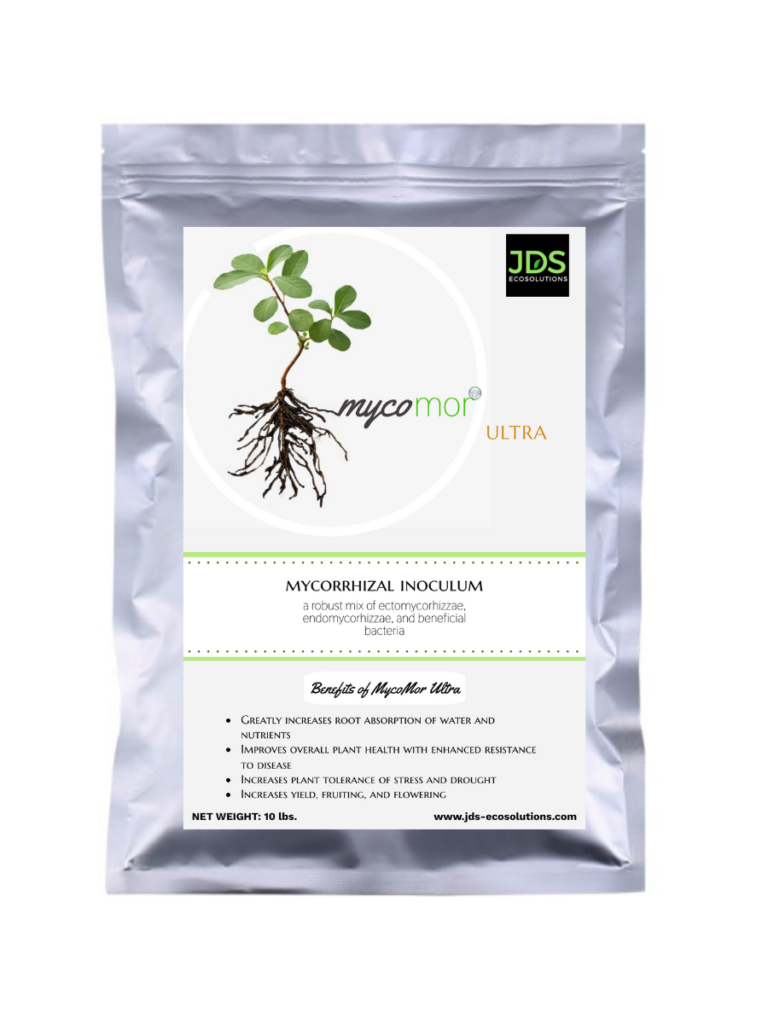Products
Aguaphos®



What It Is
Aguaphos® is a high-performance microbial inoculant featuring the JDS6 strain of Bacillus megaterium, concentrated at 5 × 10⁹ CFU/g. It enhances nutrient availability, promotes growth, strengthens stress tolerance, and improves long-term soil health.
Key Benefits
- Improves nutrient uptake by solubilizing key elements like phosphorus and producing growth-promoting hormones (auxins, gibberellins, cytokinins) that support root development.
- Enhances plant immunity through the activation of natural defense mechanisms, reducing vulnerability to common soil-borne diseases and decreasing dependence on chemical inputs.
- Increases stress resilience under drought, heat, and salinity. Aguaphos also supports earlier flowering, seed development, and crop maturity.
- Boosts plant growth and yield by improving root architecture and nutrient efficiency, leading to faster growth, more biomass, and higher yields.
- Supports environmental sustainability by reducing the need for synthetic fertilizers and minimizing nutrient runoff, contributing to a healthier ecosystem.
- Improves soil structure and fertility by encouraging microbial breakdown of organic matter and promoting better water retention and nutrient cycling.
MycoMor® ULTRA


What It Is
MycoMor® ULTRA is a biologically active blend of endo- and ectomycorrhizal fungi and beneficial rhizobacteria designed to optimize nutrient access, increase disease resistance, and promote long-term soil vitality.
Active Microbial Profile
- Endomycorrhizae (120 propagules/g): Glomus intraradices, G. mosseae, G. etunicatum, G. deserticola
- Ectomycorrhizae (300,000 propagules/g): Pisolithus tinctorius, Scleroderma citrinum, Rhizopogon luteolus
- Rhizobacteria (56 million CFU/g): Bacillus subtilis, B. amyloliquefaciens, B. licheniformis, B. megaterium, B. pumilus
Key Benefits
- Increases nutrient efficiency by extending root systems through fungal hyphae and mobilizing nutrients via rhizobacterial activity.
- Reinforces disease resistance through the production of antimicrobial compounds and root-zone protection from both fungi and bacteria.
- Improves soil health by enhancing microbial diversity, organic matter breakdown, and soil aggregation, leading to better structure and moisture retention.
- Drives plant growth and productivity through better nutrient access and natural hormone modulation, resulting in faster development and greater yields.
- Builds tolerance to environmental stress such as drought, salinity, and heavy metals by supporting balanced microbial ecosystems that buffer external pressures.
- Promotes sustainable agriculture by reducing dependence on chemical inputs and supporting ecological balance in the soil.
Note: Effectiveness may vary by plant species, soil condition, and microbial compatibility. Site-specific evaluation is recommended.
Application Guidelines
- Lawns & Turf: Apply 1 lb per 5,000 sq. ft. mixed with water as a soil drench. Best applied during the growing seasons (Spring and Fall). Repeat twice yearly. Avoid overuse of pesticides/fungicides that may harm beneficial microbes.
- New Plantings: Mix 1 lb per cubic yard of soil used in seedling trays or transplant beds for early root colonization.
- Established Plants & Trees: Mix 1 tsp per 10 gallons of water and apply twice a year to sustain microbial populations around the roots.
- Potting Soil: Mix 1 lb per cubic yard of soil.
- Compost: Use ½ lb per cubic yard to enrich microbial content
